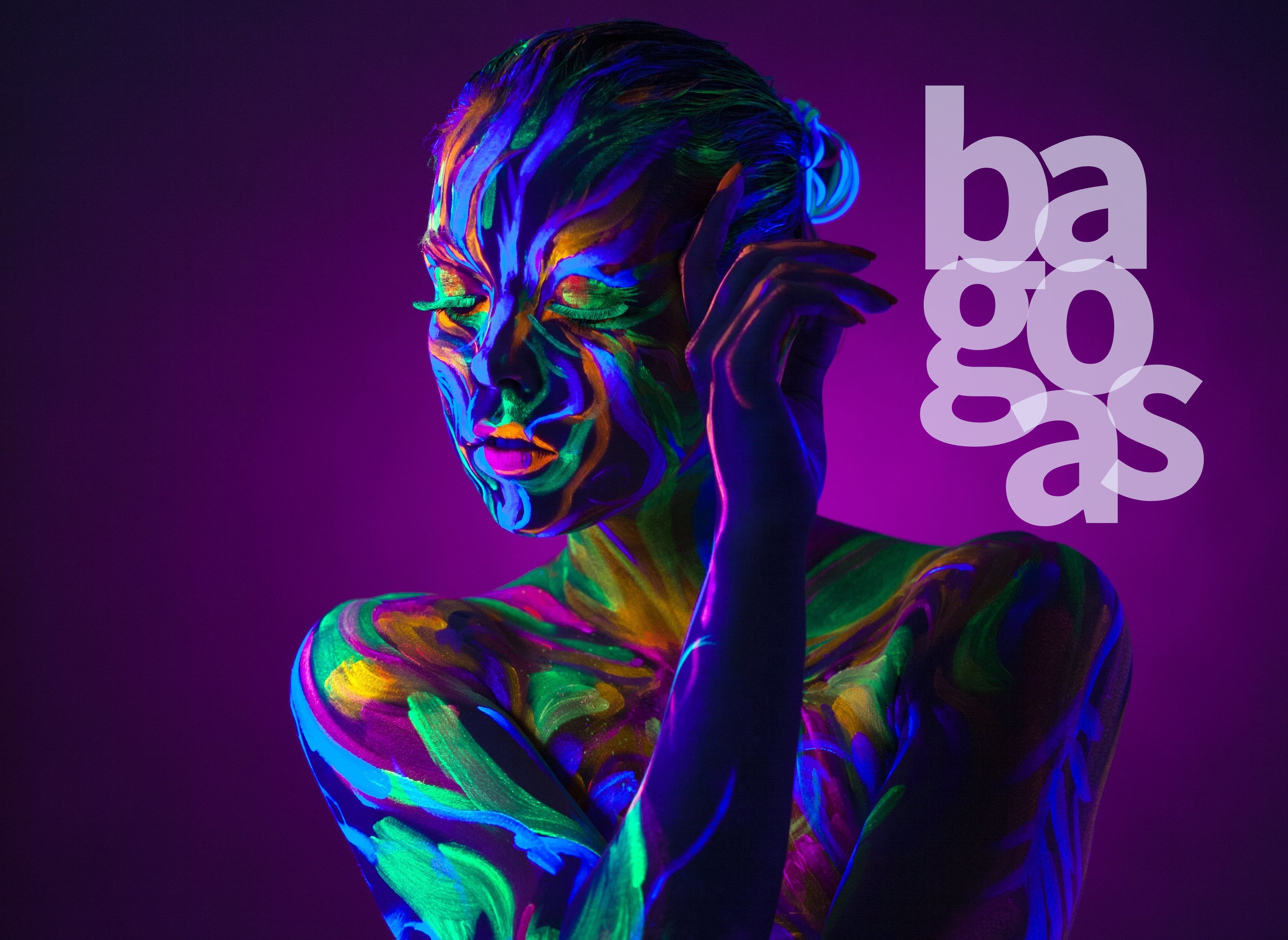About the magazine
Journal History
Created in 2007, Bagoas magazine is a biannual publication of the Humanities, Letters and Arts Center of the Federal University of Rio Grande do Norte.
Since its number 15, the magazine circulates only in digital version. It publishes articles resulting from theoretical studies and empirical research on gender, sexuality, homosexuality, highlighting space for gay studies, namely reflections on homoeroticism, lesbianity, transsexuality, homosexual conjugalities and parentalities, LGBTI identities.
It also publishes works on social theory, policy analysis and reflections on struggles for recognition and human rights that constitute contributions to critical thinking on the central themes of the editorial proposal.
In the title is honored the figure of Bagoas, Persian eunuch, dancer, who belonged to the court of Darius III and, later, to the court of Alexander Great. Bagoas (or Bagoi in the ancient Persian language) lived in the 4th century, is believed to have passed away in the year 336. Described as the owner of an incomparable beauty and a fine dancer, androgynous, he was one of Alexander the Great's favorite courtiers and lovers. According to John Boswell, in his Christianity, tolerance and homosexuality, for Alexander the Great, Bagoas "was undoubtedly the erotic center of his life." For historians, he too would have greatly influenced the way Alexander related to conquered peoples by integrating them into his empire.
In this honor, Bagoas represents the homoerotic tradition of antiquity cultures, therefore, a reality far from the modern Western tradition that banned homosexuality for the field of practices stigmatized by medical, legal and religious discourses. Bagoas is also the figure of androgyny, the possibilities of gender, the plurality of desire, the multiplicities of being. He expresses the idea behind the magazine: men and women, as cultural beings and desire and imagination, can be diverse, can live in many ways, can create multiplied styles and ways of life. Against the fundamentalisms and the still existing colonialisms, Bagoas also represents an image by the integration of the peoples, integration of the cultures. Homage to the miscegenation of people, ideas, desires. A positioning by the end of the borders, by the opening to the migration of people by their desires, projects, dreams.


 English
English Español (España)
Español (España) Português (Brasil)
Português (Brasil)

